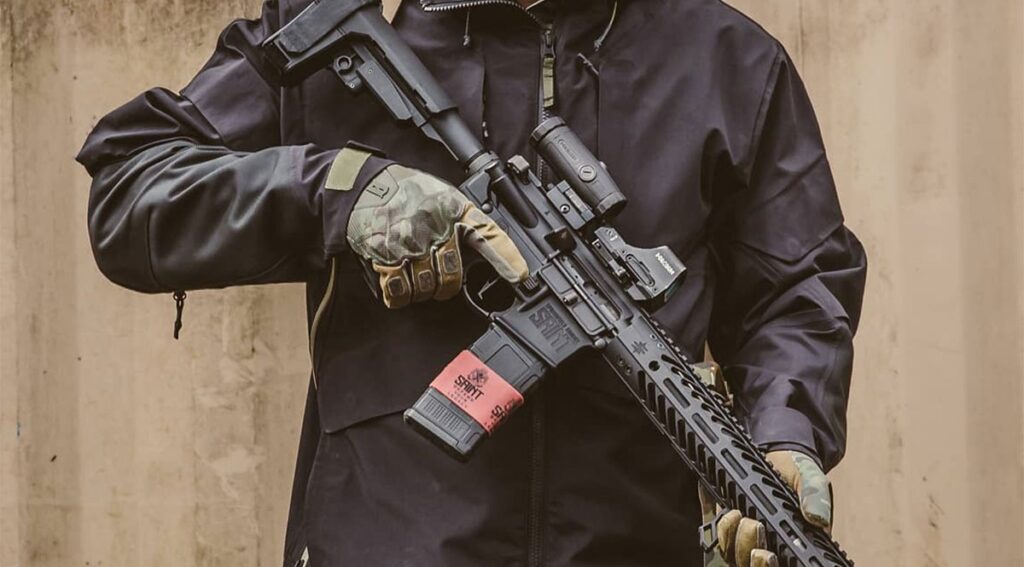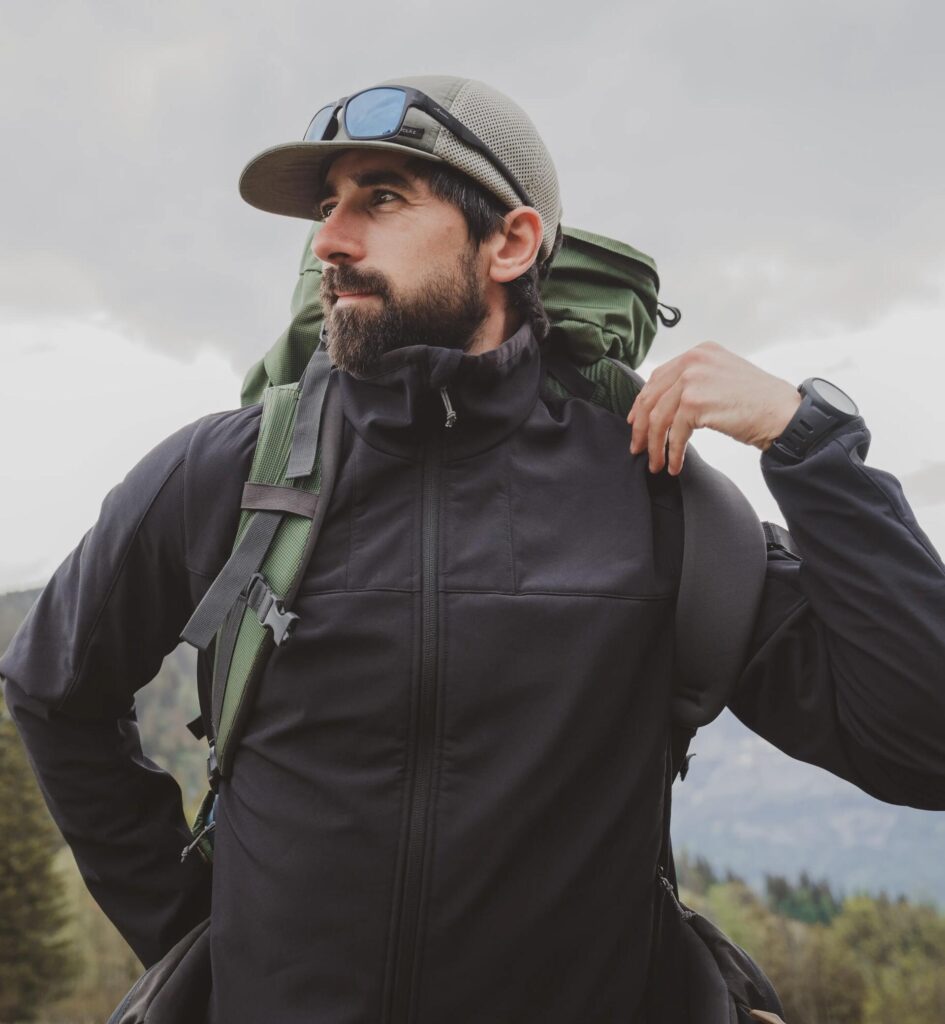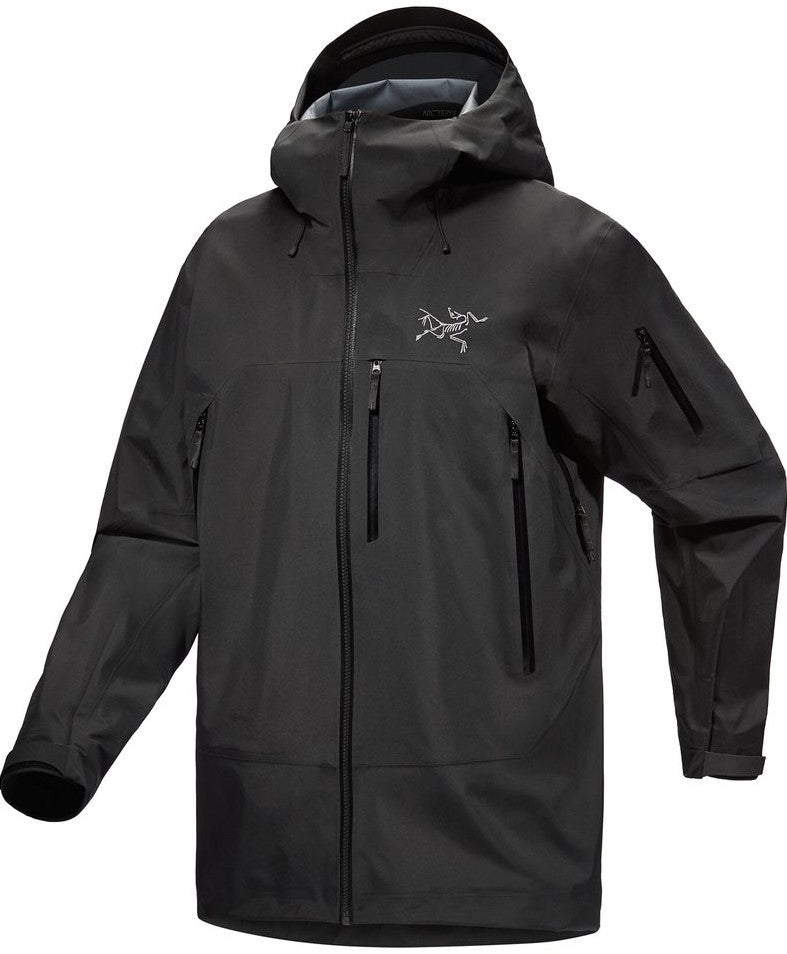Managing uniforms across multiple security sites can get messy fast—different climates, teams, and gear requirements. That’s why many companies are asking: should we standardize tactical softshell jackets across all locations?
Yes—standardizing tactical softshell jackets across multi-location security teams ensures brand consistency, simplifies procurement, and improves operational flexibility. Modern softshells work in various climates, support duty gear, and present a professional image across all client sites, no matter the location.
Let’s explore how standardizing softshells can strengthen your entire security operation.
Why Standardization Matters for Distributed Security Teams
When each site wears different gear, it creates:
- Inconsistent public appearance
- Difficult restocking and returns
- Varying comfort and performance standards
Standardization helps create a professional, unified presence and simplifies everything from training to logistics.

How Tactical Softshells Support Multi-Environment Use
Tactical softshell jackets are ideal for regional consistency because they:
- Provide warmth without bulk
- Repel wind and light rain
- Layer easily in cold zones
- Vent in mild-to-warm environments
They’re one of the few jacket types that perform reliably across various climates—from urban zones to warehouse yards.

What Are the Procurement Benefits of Softshell Uniform Standardization?
Uniform softshells allow for:
- Bulk ordering discounts
- Simplified inventory management
- Fewer sizing or design variants
- Consistent fit testing and field trials
Standardized outerwear also reduces return rates and improves supplier partnerships.

Can a Single Jacket Design Work Across Varying Climates?
Yes—with smart feature selection. Look for:
- DWR-treated fabric for water resistance
- Light insulation or microfleece lining
- Side zips or underarm vents for temperature regulation
- Adjustable cuffs and removable hoods
This allows one jacket style to work in both warm and cold sites—especially when paired with base layers.

What Features Should Be Included in a Multi-Site Softshell Spec?
When standardizing, look for:
- Mic loops and badge holders
- Custom branding options (patch panels or embroidery zones)
- Multiple color options (black, navy, grey for site variation)
- Available in male/female sizing
This ensures all teams meet duty requirements and brand guidelines.

How Does Standardization Improve Team Appearance and Brand Identity?
Uniform softshells create:
- A consistent client-facing image
- Clear visual alignment with your company or contract brand
- Better team pride and accountability
It also signals professionalism during site walkthroughs, inspections, or incident responses.

What Do Leading Security Providers Use in Their Outerwear Programs?
Top contract firms and enterprise security departments use:
- 5.11 Tactical Softshell Jackets – Uniform-ready and climate adaptable
- Rothco Tactical Soft Shell – Affordable and durable
- Propper BA Softshell – Clean fit, badge tab, and ID panels
- Helikon-Tex Softshells – Low-profile look with tactical features
These options balance performance, availability, and cost for multi-site use.

How to Roll Out a Softshell Upgrade Across Locations Efficiently
- Start with a pilot location to test sizing and comfort
- Work with a supplier offering bulk pricing + regional shipping
- Build a standardized gear list with part numbers
- Communicate brand and fit standards across all security vendors and site leads
With the right rollout strategy, your upgrade can be seamless and scalable.

Summary
Standardized tactical softshells simplify your operations and elevate your team’s image across every location. Need help selecting the right model for your uniform program? Contact our procurement team here for expert guidance.

